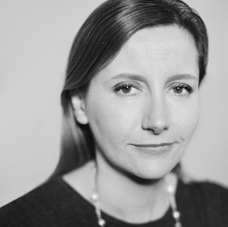<!--//--><![CDATA[// ><!-- <!--//--><![CDATA[// ><!-- brightcove.createExperiences(); //--><!]]]]><![CDATA[> //--><!]]>
May 20, 2014 07:15 PM
Featured Stories
How OpenAI’s new commercial CEO gives hope for closer ties to advertisers
The appointment of Instacart’s Fidji Simo comes days after OpenAI reversed course on a company restructure.
Latest News
Staying current is easy with newsletters delivered straight to your inbox.
See More in Creativity
Staying current is easy with newsletters delivered straight to your inbox.








